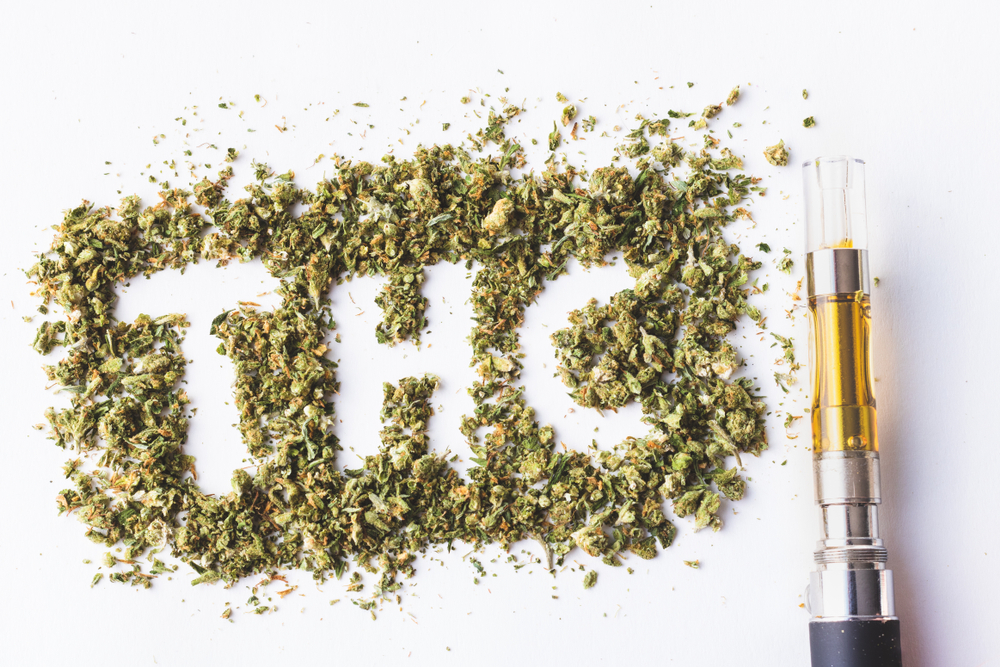When it comes to cannabis, there is a belief that the potency of a high is directly correlated with higher levels of THC. However, it is important to note that the strength of weed does not solely depend on THC content. In this article, we will delve into some of the key factors beyond THC levels that contribute to a strain’s potency levels.
Exploring the Entourage Effect: Beyond THC
While THC is undoubtedly the most well-known cannabinoid compound in cannabis, it does not work alone in producing its psychoactive effects. The combination of cannabinoids and other compounds found in cannabis creates what experts refer to as the entourage effect. This collaborative interaction alters how different compounds interact with each other, ultimately influencing the experience of the high.
Rather than solely focusing on percentages of THC, experienced cannabis enthusiasts and connoisseurs seek out strains that are rich in multiple cannabinoids, such as CBD, CBN, CBG, and THCV, among others. Each cannabinoid affects our receptors differently, leading to an interplay of effects that can vary significantly from person to person.
Terpenes. More Than Just Aromatics
Terpenes play a role not only in providing distinct flavors and aromas to different strains but also contribute significantly to their overall characteristics and effects. However, these aromatic compounds not only contribute significantly to the benefits of cannabis, but they also bind to different receptors in our brains and bodies. This interaction plays a role in enhancing or mitigating the effects of cannabinoids like THC. For example, myrcene is a terpene commonly found in cannabis strains known for promoting relaxation and sedation. On the other hand, pinene enhances alertness. By considering the different terpene profiles rather than just focusing on THC concentration, users can tailor their desired experience based on specific strains.
The Importance of Genetic Variations in Cannabis Strains
The composition of a cannabis strain is another factor that determines its potency. Even if two strains have similar THC levels, they may not offer the same effects or possess the same strength. This variation in experience can be attributed to factors such as terpene profiles and the entourage effect mentioned earlier. The way these compounds interact within each strain is what ultimately shapes the experience of the high. As a result, two strains with THC concentrations can produce entirely different effects due to variations in their genetic makeup.
The Impact of Consumption Methods
The method of consuming cannabis also plays a key role in how it’s metabolized by the body and experienced by individuals. Smoking allows cannabinoids to enter the bloodstream quickly, leading to an immediate onset but shorter duration of effects. On the other hand, edibles offer a more consistent release of effects that can last longer, although it may take more time to feel their impact. When looking for a more potent high, it is crucial to consider the method of consumption. Trying out different techniques allows individuals to find the consumption method that suits them best.
Personal Factors – Unique Reactions
When it comes to different strains of cannabis, personal factors play a major role as well. Each person’s unique biological makeup affects how they respond to cannabis. Variables like metabolism, tolerance levels, previous experiences, mental state, and overall health all influence how an individual’s body interacts with cannabis. What might be too strong for one person may not provide adequate effects for another. Hence, recognizing these factors is important when choosing strains and consuming cannabis products.
Conclusion
While THC is often seen as the primary indicator of potency in cannabis strains, it does not provide the complete picture. Knowledgeable consumers understand that multiple cannabinoids, compositions, and genetic variations among strains matter more than just high THC percentages. By understanding these elements, from terpenes contributing to flavor and aroma to reactions influenced by genetic differences, consumers can make informed decisions when seeking a stronger or more potent cannabis experience. Keep in mind that it’s not just about the numbers. Instead, it involves acknowledging the intricacies of cannabis and discovering the strain that best suits your requirements and preferences. So, when you think about the strength of your marijuana, dig deeper than THC and explore the captivating range of compounds that influence our cherished herb.




